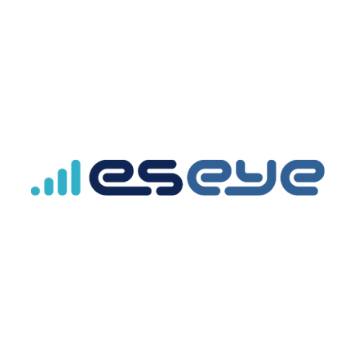Blogs
12 February 2020
Reading Time: 2 mins
Blogs
12 February 2020
Reading Time: 2 mins

Eseye
IoT Hardware and Connectivity Specialists
LinkedInIs 2020 the year for large-scale enterprise IoT? Gartner predicted in 2018 that “75% of IoT projects would take twice as long to deliver” as the complexities of IoT deployment delayed large scale enterprise projects, but new developments could see that change.
The assumption that IoT would be easier to deploy is one of the fundamental reasons we are 41 billion devices short of early analyst predictions. Taking into consideration the complexities associated with specialist hardware, global connectivity and managing big data, it’s no wonder enterprise IoT uptake has been slow. As lessons are learnt and improvements are made the deployment process is becoming increasingly streamlined, which will encourage the enterprise market to invest in IoT for large scale global deployments.
An additional factor which may have slowed enterprise uptake of IoT is the security of the cloud. Though the cloud may have been underestimated when it first came on the scene, it’s become a huge part of how we interact with data. The cloud initially had its challenges with security, but Hypercloud providers such as Amazon Web Services (AWS), Azure and Google are putting security policy in the very centre, with automatic deployment at the edge – offering a Hypercloud security service which audits device configuration, monitors connected devices and detecting abnormal behaviour to mitigate risk.
The benefits of global scalability, central policy management, deployment to the edge and a more attractive cost model will likely result in a surge of new, large IoT projects deployed in a hyperscale cloud platform in 2020 and beyond.
While there’s a big buzz around 5G, we’re still waiting for it to really happen. The reality is, it’s going to be expensive and demand investment in new infrastructure, so it’s likely we are only going to see proof of concepts in 2020.
Slowly on the rise without all the excitement of 5G is LPWA, or low-power wireless access. By keeping the power low, devices can be deployed for longer periods while reducing cost – which will be a huge advantage for companies focused on utilising personal area networks with small, low-power digital radios, such as for home automation or medical device data collection. We predict that LPWA adoption will slowly rise, and could potentially take 15-25% of all IoT revenues in 2020.
We live in an increasingly digitally connected world, so simplifying IoT device development, deployment, connectivity, analysis and management will naturally lead to an increase of ‘things’. We are at the tipping point for large scale uptake of IoT, and 2020 looks set to be a year of mass digital disruption. While our predictions are based on in-depth experience, insight and understanding of the IoT market, only time will tell whether they stand true in future.

Eseye
IoT Hardware and Connectivity Specialists
LinkedInEseye brings decades of end-to-end expertise to integrate and optimise IoT connectivity delivering near 100% uptime. From idea to implementation and beyond, we deliver lasting value from IoT. Nobody does IoT better.
Build the IoT estate that meets your needs now – and ten years from now. It’s why global leaders trust Eseye.